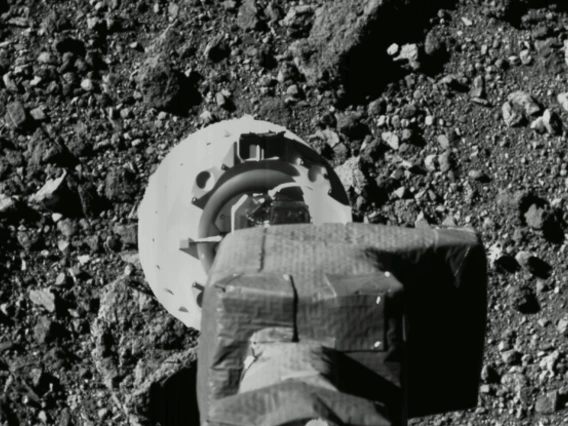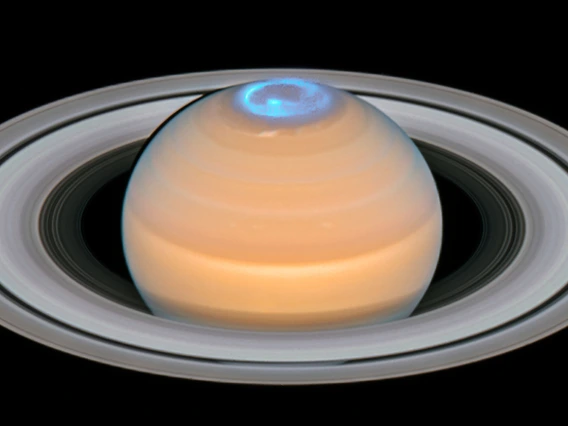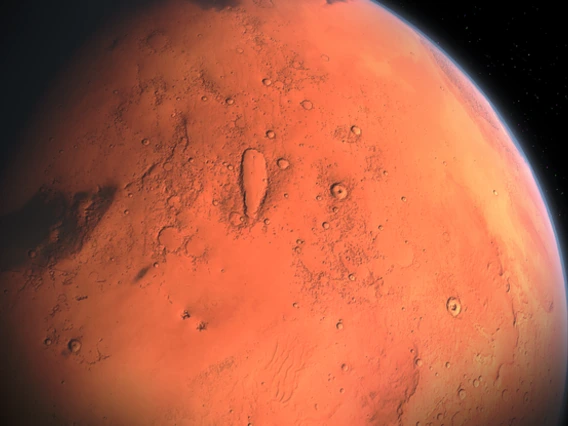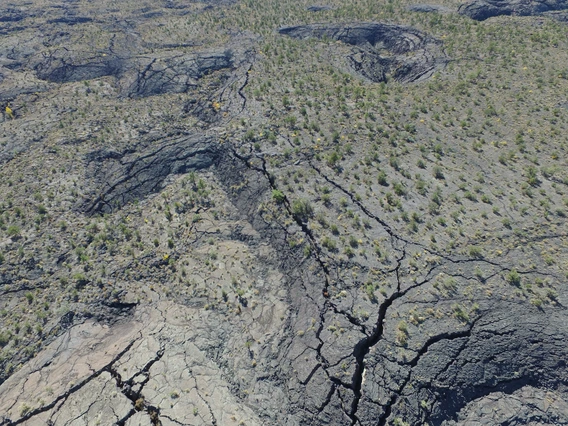LPL Newsletter: May 2020
Friday, May 1, 2020
At LPL, we continue to work remotely whenever possible; however, we do continue to work—who knew you could fly a spacecraft from your living room? Three stories this month highlight very different aspects of LPL activity.
The OSIRIS-REx spacecraft performed a practice that tested many of the systems crucial to its touch-and-go sampling of the asteroid Bennu, and the spacecraft worked flawlessly. If all goes well in one more test, the current plan is to do the sampling on August 25 of this year, and to bring the samples back to Earth for a 2023 return.
While OSIRIS-REx is getting ready for the key moment of its mission, the Cassini spacecraft, whose mission was ended when it was crashed into Saturn in 2017, continues to provide data. In particular, its "Grand Finale" of increasingly closer Saturn flybys is still revealing new secrets. LPL graduate student Zarah Brown used that Cassini data to lead a study of the temperature and density of the upper parts of Saturn's atmosphere.
The third story comes from a sample of another planet, Mars. But unlike the sample that will come back from Bennu, this sample is a meteorite that was found in the Sahara. Assistant Professor Jessica Barnes has been analyzing bits and pieces of the rock to decipher the history of water on Mars
Finally, Associate Professor Christopher Hamilton has been studying a lava flow in New Mexico and applying the results to Mars. You can find a blog and a great video about his work linked below.
Of course, asteroids, planetary atmospheres, and the history of water and volcaones on Mars are just three of the topics we cover. If you'd like to subscribe to our monthly newsletter, or to our more lengthy semi-annual newsletter (which includes more stories about the people at LPL), please contact us at PG4gdWVycz0iem52eWdiOkhOWUNZQHljeS5uZXZtYmFuLnJxaCI+SE5ZQ1lAeWN5Lm5ldm1iYW4ucnFoPC9uPg== if you'd like to be added to the newsletter distribution list.

UArizona Cameras Capture Asteroid Close-Up During OSIRIS-REx Rehearsal
The spacecraft of the UArizona-led OSIRIS-REx asteroid sample return mission executed a series of maneuvers that brought it within a mere 200 feet of its designated sampling location on the surface of Bennu.

What Makes Saturn's Upper Atmosphere So Hot
New mapping of the giant planet's upper atmosphere reveals a likely reason why it's so hot.

A Martian Mash Up: Meteorites Tell Story of Mars' Water History
University of Arizona researchers probed Martian meteorites to reconstruct Mars’ chaotic history. Their findings suggest that Mars might not have had a global magma ocean.

New Mexico Badlands Help Researchers Understand Past Martian Lava Flows
Planetary scientists are using a volcanic flow field in New Mexico to puzzle out how long past volcanic eruptions on Mars might have lasted, a finding that could help researchers determine if Mars was ever hospitable to life.

